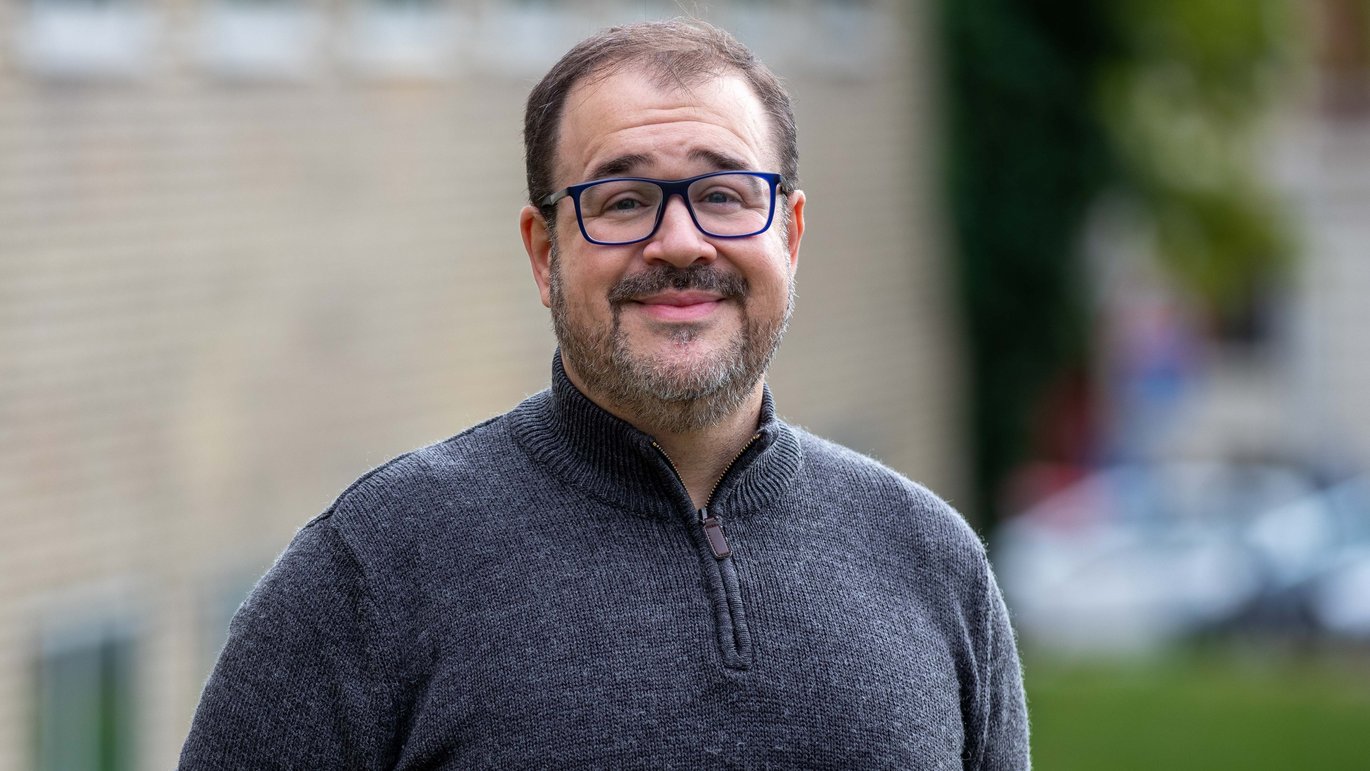New doctor examines the significance of patient movement for CBCT scans
Rubens Spin-Neto is a newly qualified doctor at Aarhus University. In his higher doctoral dissertation, he examined how the movements of patients during a Cone-Beam CT scan can affect image quality, and thereby also diagnosis.

If a patient moves their head during a Cone Beam CT scan (CBCT) at the dentist, it may degrade the image quality so much that diagnosis is impossible to make and the scan may have to be retaken. This is undesirable, because an additional scan means that the patient is exposed to a double quantity of harmful radiation.
In his recently defended higher doctoral dissertation, Associate Professor Rubens Spin-Neto showed through 12 studies that age is the biggest risk factor for patient movement, and that children are the group who are most likely to move during a scan – which is unfortunate, as children are those who can least tolerate the ionising radiation from the CBCT scanner. At the same time, Dr Spin-Neto concluded that built-in movement correction in the algorithms of the equipment can have a positive influence on image quality and diagnostic precision, and that this is relevant knowledge for, amongst other things, the medical industry.
Contact
Associate Professor, Dr Rubens Spin-Neto
Aarhus University, Department of Dentistry and Oral Health
Mobile: +45 4243 4836
E-mail: rsn@dent.au.dk